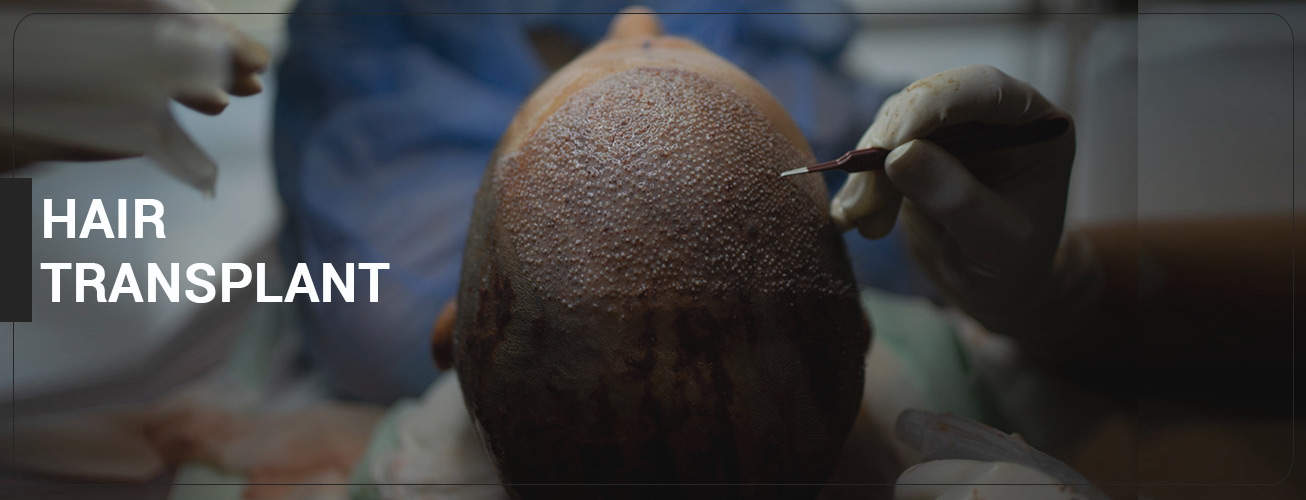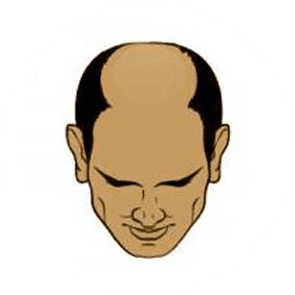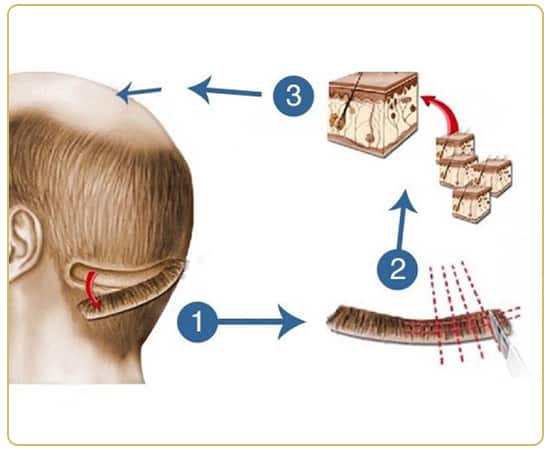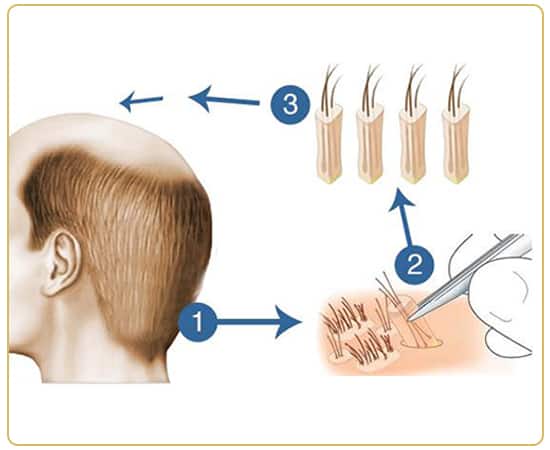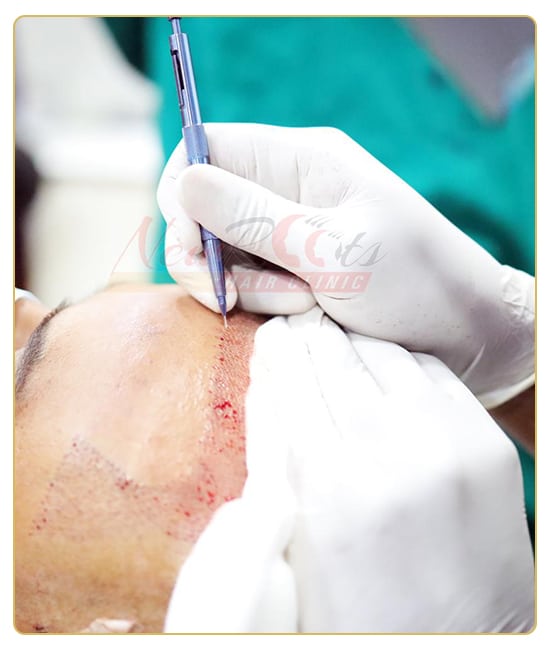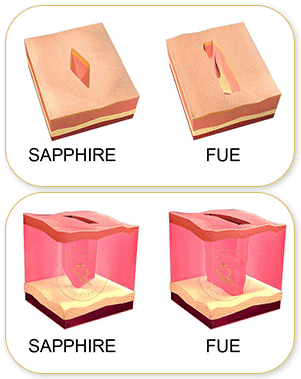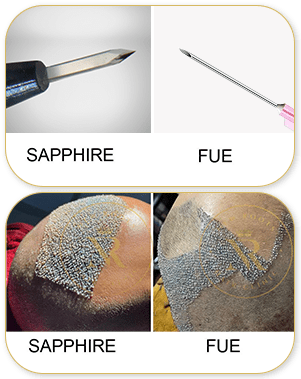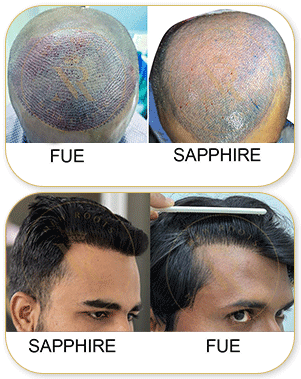Hair transplantation is a surgical technique that rotates the hair follicle from one part of the body, called 'donor site', to the bald part of the body, which is called 'recipient site'. It is mainly used to treat male pattern baldness. In this minimally invasive procedure, grafts containing hair follicles, which are genetically resistant to baldness (such as behind the head) are implanted in bald scalp. Hair transplantation can also be used to restore eyelashes, eyebrows, beard hair, and fill marks due to accident or surgery.
Transplanted hair starts to grow as a natural hair which continues to grow even after haircut. Hair transplant is done in both males & females. The success of hair transplant is combination of good technique, skillful surgeon & right selection of the candidate. Number of grafts required to each patient varies upon each person’s stage of baldness & quality of donor site.
Techniques of hair transplant- Techniques have been changed & evolved according to demand of each persons need and over the period of time.
Stages of baldness

Male pattern baldness is progressive, there are early stages of male pattern baldness or stages of getting bald. Receding hairline stages among men may start earlier like 20s. The Norwood Hamilton scale can help us to know our stages of balding. The stages of male pattern baldness are classified depending on extent of hair loss and receding hairline.

